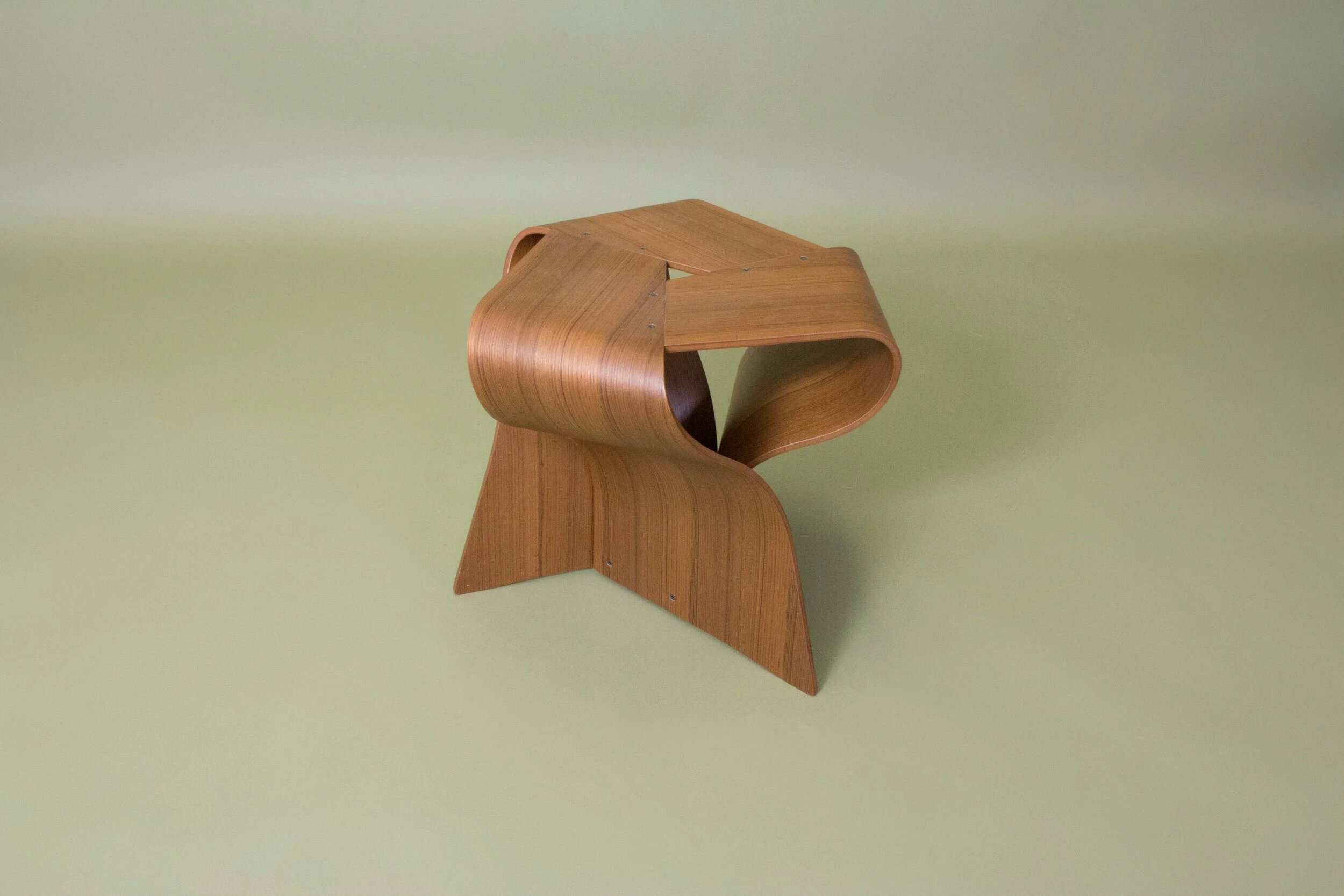Coupelle Kintsugi, Japon









Coupelle Kintsugi, Japon
Coupelle en grès émaillé et Kintsugi, réparation à l’or
Karatsu, Japon
Époque Edo XVIIème siècle
H 3 x diam 11,5 cm
Très bon état général
Kintsugi gold repair enamelled stoneware Karatsu bowl
Japan
Edo period, 17th century
H 3 x diam 11.5 cm
Very good condition
« Ichi Raku, Ni Hagi, San Karatsu » selon le vieux dicton japonais, c’est l’ordre d’importance des fours à grès dont sortaient les bols les plus appropriés à la cérémonie du thé.
Le grès de Karatsu est renommé pour son caractère et son style simple. Il existe de nombreuses dénominations en fonction de caractéristiques des procédés employés, Karatsu à décor peint, Karatsu à décor tacheté, Karatsu décor d’inspiration coréenne, et d’autres encore bien différenciés.
“ Il n’y a pas de trace d’ornement, pas de trace de calcul. Il s’agit juste d’un bol de nourriture coréen, un bol. Qui plus est, qu’un homme pauvre utiliserait tous les jours – de la vaisselle la plus courante.
Un objet banal pour son usage; ne coûtant presque rien; fait par un homme pauvre; un article sans la saveur d’une personnalité; utilisé négligemment par son propriétaire; acheté sans fierté; n’importe qui aurait pu l’acheter n’importe où. C’est la nature de ce bol. L’argile aura été prélevé dans la colline derrière la maison; l’émail fait avec les cendres du foyer; la roue du potier, irrégulière. La forme ne révéle aucune intention particulière: c’est un exemplaire parmi de nombreux autres. Le travail aura été rapide; le tournage rude, fait avec des mains sales; la mise en forme négligée; l’émail a coulé sur le pied. L’atelier devait être sombre. Le potier ne savait pas lire. Le four ne ressemblait à rien; la cuisson négligée. Du sable colle à la pièce, mais personne ne s’en soucie. Personne n’a investi l’objet avec des rêves. (…)
Mais c’est comme cela que cela devrait être. Le simple et le non-agité, l’incalculé, l’inoffensif, le direct, le naturel, l’innocent, l’humble, le modeste : où est la beauté, sinon dans ces qualités ? Le doux, l’austère, le non-orné – ce sont ces caractéristiques naturelles qui gagnent le cœur et le respect de l’homme.” Soetsu Yanagi in Artisan et inconnu
Le kintsugi serait apparu lorsque, à la fin du xve siècle, le shogun Ashikaga Yoshimasa a renvoyé en Chine un bol de thé chinois endommagé pour le faire réparer. Le bol étant revenu réparé avec des agrafes métalliques, les artisans japonais auraient cherché un moyen de réparation plus esthétique. Cela relève d'une philosophie qui prend en compte le passé de l'objet, son histoire et donc les accidents éventuels qu'il a pu connaitre. La casse d'une céramique ne signifie plus sa fin ou sa mise au rebut, mais un renouveau, le début d'un autre cycle et une continuité dans son utilisation. Il ne s'agit donc pas de cacher les réparations, mais de mettre celles-ci en avant. Le kintsugi est étroitement associé aux ustensiles en céramique employés pour la cérémonie japonaise du thé.
Pour en savoir plus sur l’artisanat au Japon
"Ichi Raku, Ni Hagi, San Karatsu" according to the old Japanese saying is the order of importance of the stoneware kilns from which the most appropriate bowls for the tea ceremony came out. Karatsu stoneware is renowned for its character and simple style. There are many different names for the characteristics of the processes used, Karatsu with painted decoration, Karatsu with spotted decoration, Karatsu with Korean-inspired decoration, and others that are well differentiated.
"There is no trace of ornament, no trace of calculation. It's just a bowl of Korean food, a bowl. A commonplace object for his use; costing next to nothing; made by a poor man; an item without the flavour of a personality; used carelessly by its owner; bought without pride; anyone could have bought it anywhere. That is the nature of this bowl. The clay will have been taken from the hill behind the house; the enamel made from the ashes of the hearth; the potter's wheel, irregular. The shape does not reveal any particular intention: it is one of many examples. The work was fast; the turning was rough, done with dirty hands; the shaping was neglected; the enamel flowed on the foot. The workshop must have been dark. The potter could not read. The kiln looked like nothing; the firing was neglected. Sand sticks to the piece, but no one cares. No one invested the object with dreams. (...) But that's the way it should be. The simple and the undemanding, the uncalculated, the harmless, the direct, the natural, the innocent, the humble, the modest: where is the beauty, if not in these qualities? The gentle, the austere, the unadorned - these are the natural characteristics that win the heart and respect of man." Soetsu Yanagi in Artisan and Unknown
Kintsugi is said to have originated when, at the end of the fifteenth century, Shogun Ashikaga Yoshimasa sent a damaged bowl of Chinese tea back to China for repair. When the bowl returned repaired with metal staples, Japanese craftsmen sought a more aesthetic means of repair. This is part of a philosophy that takes into account the object's past, its history and therefore any accidents it may have had. The breakage of a ceramic no longer signifies its end or its scrapping, but a renewal, the beginning of another cycle and a continuity in its use. It is therefore not a question of hiding repairs, but of highlighting them. The kintsugi is closely associated with the ceramic utensils used in the Japanese tea ceremony.










